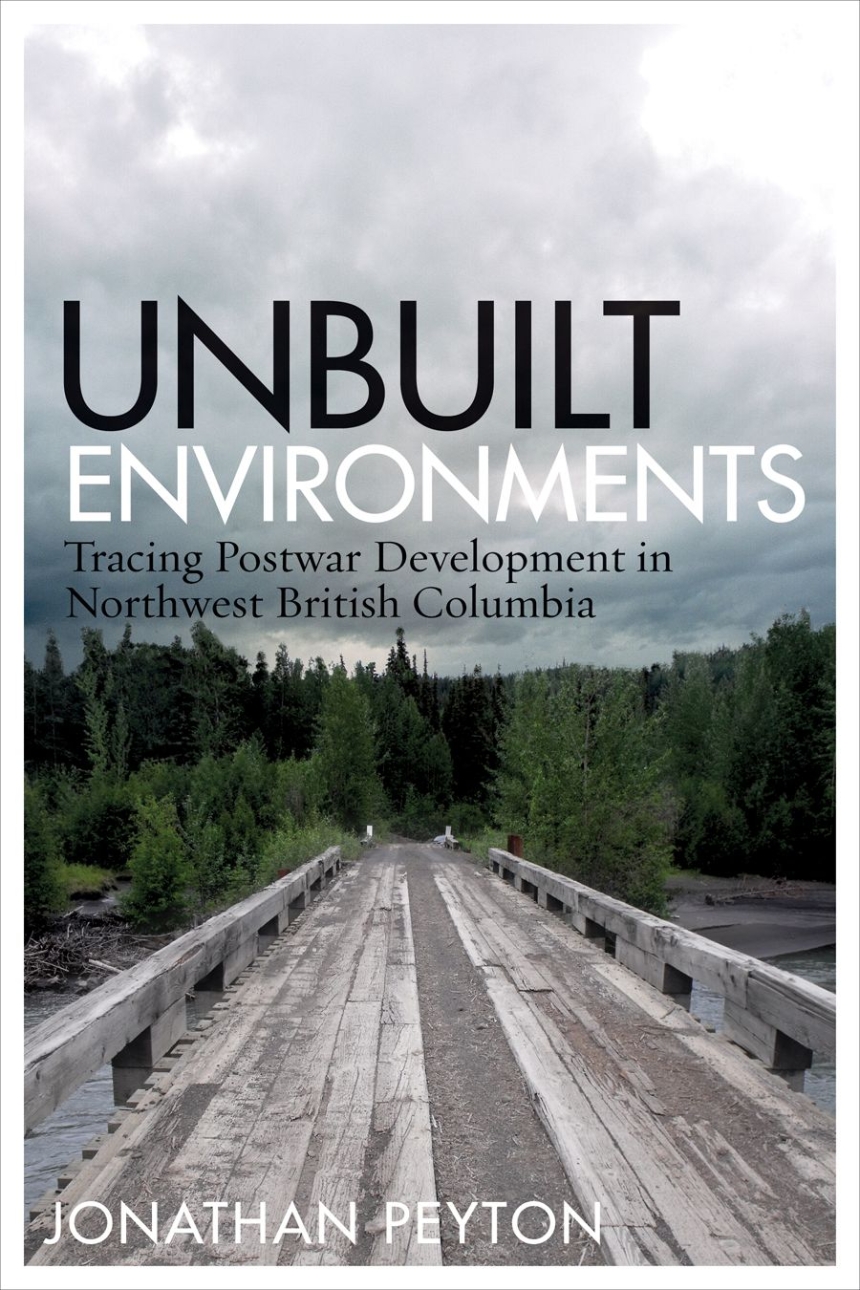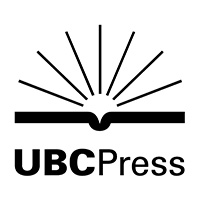University of British Columbia Press
Unbuilt Environments
Tracing Postwar Development in Northwest British Columbia
Distributed for University of British Columbia Press
Unbuilt Environments
Tracing Postwar Development in Northwest British Columbia
In the latter half of the twentieth century, industrial pioneers came to British Columbia with grand plans for resource development projects, many of which never materialized. Unbuilt Environments argues that these kinds of projects have lasting impacts on the natural and human environment – even when they fail. Jonathan Peyton examines a range of archival materials in five case studies. Looking at a closed asbestos mine, an abandoned rail grade, an imagined series of hydroelectric installations, a failed LNG export facility, and a transmission line, Peyton finds that past development failures continue to shape contemporary resource conflicts in the region.
Table of Contents
Foreword: How Shall We Live? / Graeme Wynn
Introduction: The Stikine Watershed and the Unbuilt Environment
1 Cassiar, Asbestos: How to Know a Place
2 Liberating Stranded Resources: The Dease Lake Extension as the Railway to Nowhere
3 Corporate Ecology: BC Hydro, Failure, and the Stikine-Iskut Project
4 “Industry for the future”: Dome Petroleum and the Afterlives of “Aggressive” Development
5 Transmission: Contesting Energy and Enterprise in the New Northwest Gold Rush
Conclusion: The Tumbling Geography
Appendix; Notes; Bibliography; Index

